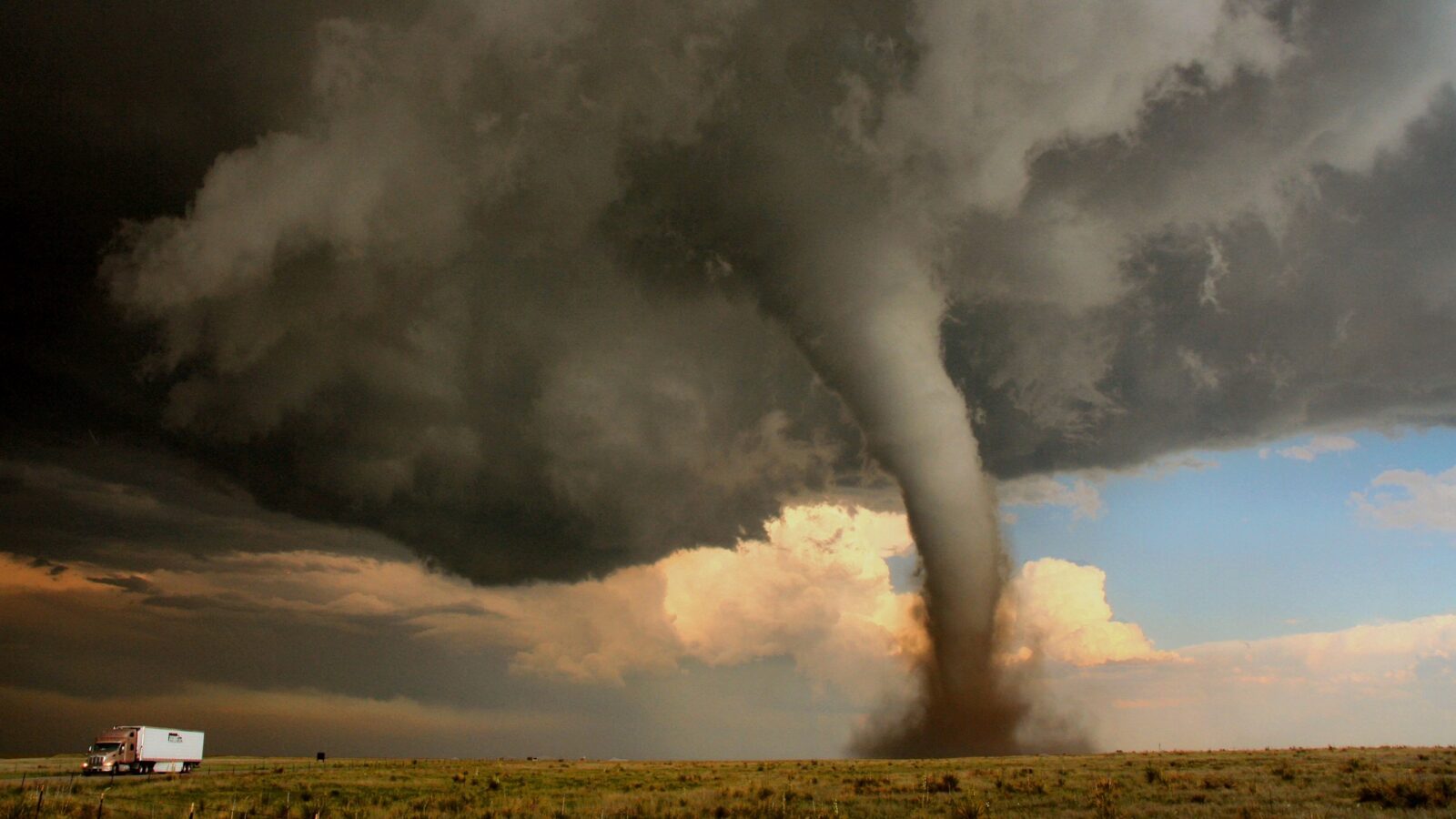News
What is a ‘supercell thunderstorm’? Met Office explains weather phenomenon that hit Stalybridge overnight
Here's everything you need to know about this rare occurrence.
Weather experts at the Met Office has explained the weather phenomenon that wreaked havoc on Stalybridge last night.
In case you haven’t heard by now, dozens of residents had to be evacuated and significant damage was sadly caused to around 100 properties after it was confirmed that a “localised tornado” hit the Tameside town overnight (27 December).
Emergency services rushed to the scene at around 11:45pm, and a ‘major incident’ was declared by Greater Manchester Police (GMP) shortly after.
The Stalybridge areas of Millbrook and Carrbrook were the most affected by the incident – however, it was luckily confirmed from the police’s initial enquiries, as well as from the updates provided by partnering emergency services at the North West Ambulance Service (NWAS) and Greater Manchester Fire and Rescue Service (GMFRS) who also attended, that there have thankfully been no injuries reported.
Temporary shelter and support services are currently being provided for the displaced and affected residents by Tameside Council.
GMP is advising that anyone affected should keep a close eye on and monitor Tameside Council’s social media for advice and guidance, or call 0161 342 2222 where Council representatives will be on hand to offer support.
While this damaging weather event was initially described as being a “localised tornado”, Met Office meteorologists have referred to it as a ‘supercell thunderstorm’ at this point, and say they know from their Dopplar radar that it had a strong rotating updraft.
Experts are still waiting for surface data to confirm, but have admitted that the presence of these features “suggests a tornado at the surface was likely”.
But what exactly is a ‘supercell thunderstorm’ then? Why does it occur? And how does it differ from the regular thunderstorm we’re all used to?
Well, the answer is all in the tornado.
What is a tornado?
The Met Office defines a tornado as a “swirling column of air” that spins rapidly with winds of over 40mph or 60kph.
Described by weather experts as being one of the most violent and dramatic weather types on the planet, which serve as a demonstration of the “destructive power of our turbulent atmosphere”, there are several different types of tornado – with the fastest wind speeds ever recorded for a tornado being over 300mph or 480kph.
Not only are they the fastest wind speeds ever recorded for a tornado, they are actually the fastest winds ever recorded on Earth, according to the Met Office.
How is a tornado formed?
Tornadoes form in “very unsettled weather conditions” as part of severe thunderstorms, according to experts at the Met Office.
A tornado typically has the form of a twisting funnel-shaped cloud between the cloud base and the ground. Sometimes the vortex can appear as a slender rope-like form, particularly when the tornado is weakening, although sometimes a tornado can be almost invisible, and is only observable by the debris thrown up from the surface.
Tornadoes usually form from big thunderstorms called ‘supercells’ – which was the case for the incident last night in Stalybridge – but can form from other types of storms too, with tropical cyclones being one of the most common.

How is a ‘supercell thunderstorm’ different to a regular thunderstorm?
A thunderstorm is defined by the Met Office as a series of sudden electrical discharges that result from atmospheric conditions.
Most thunderstorms are associated with towering clouds known as cumulonimbus, and the right conditions for the formation of a thunderstorm are unstable air and a mechanism for causing air to rise – which is usually hot and humid air, with lots of energy.
Read more:
- Residents evacuated and multiple properties damaged after ‘localised tornado’ hits Stalybridge overnight
- ‘Strong winds and heavy rain’ batters Greater Manchester as Storm Gerrit arrives
- Parts of Greater Manchester experience rare weather phenomenon known as ‘thundersnow’
When a thunderstorm is being fed lots of warm and moist air, it continues to grow and can begin to rotate, and then, if this rotation begins to lower from the cloud, a tornado begins to form – however, at this stage, it’s just called a ‘funnel cloud’.
It’s only when the funnel reaches the ground that becomes a tornado.
Featured Image – Tameside Council













